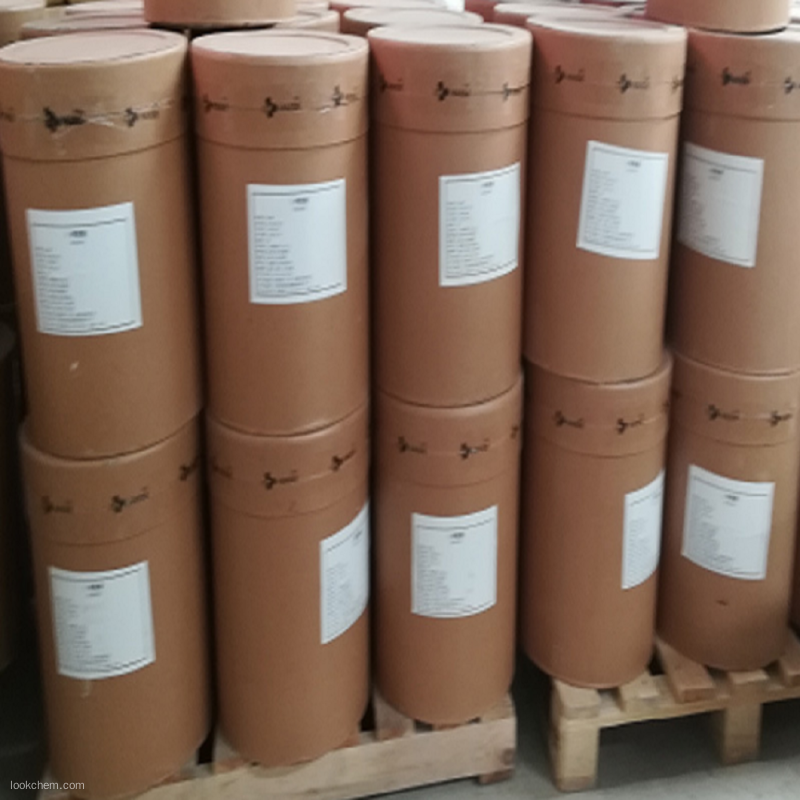Superiority:
PRODUCT DETAILS
| |
| D-Valine Chemical Properties |
| Melting point |
>295 °C (subl.)(lit.) |
| alpha |
-27.5 º (c=5, 5N HCl) |
| Boiling point |
213.6±23.0 °C(Predicted) |
| density |
1.2000 (estimate) |
| refractive index |
-27 ° (C=8, 6mol/L HCl) |
| storage temp. |
room temp |
| solubility |
56 g/L (20°C) |
| pka |
2.37±0.10(Predicted) |
| form |
Crystalline Powder |
| color |
White to off-white |
| optical activity |
[α]23/D 32.0 to 24.0°, c = 8 in 6 M HCl |
| Water Solubility |
56 g/L (20 ºC) |
| BRN |
1721135 |
| InChIKey |
KZSNJWFQEVHDMF-SCSAIBSYSA-N |
| CAS DataBase Reference |
640-68-6(CAS DataBase Reference) |
| NIST Chemistry Reference |
2-Amino-3-methylbutanoic acid(D)(640-68-6) |
| EPA Substance Registry System |
D-Valine (640-68-6) |
| Hazard Codes |
Xi |
| Risk Statements |
36/37/38 |
| Safety Statements |
22-24/25-36-26 |
| WGK Germany |
3 |
| RTECS |
YV9360000 |
| TSCA |
Yes |
| HS Code |
29224995 |
| Provider |
Language |
| D-2-Amino-3-methylbutyric acid |
English |
| SigmaAldrich |
English |
| ACROS |
English |
| ALFA |
English |
| |
| D-Valine Usage And Synthesis |
| Description |
D-valine is the D-form of valine, being the non-proteinogenic isomer of valine. It can be supplemented into the cell culture for selectively inhibition of cell proliferation through inhibiting cells that are deficient in the enzyme D-amino acid oxidase. It has also been used to inhibit fibroblast growth while allowing the selective growth of epithelial cells. |
| Valine |
Valine is one kinds of the essential amino acids for human being with the requirement of adult males being 10mg/(kg d) (FAO/WHO1973). Being lack of this product can cause neurological disorders, reduction of developmental ability as well as anemia.
Valine is one of the 20 amino acids that form protein with its chemical name being 2-amino-3-methyl-butyric acid. It belongs to branched chain amino acids and is one of the eight kinds of essential amino acids and carbohydrate-producing amino acids of human body. It works together with the other two high-concentration amino acids (leucine and isoleucine) to promote the normal growth of body, tissue repair, regulate blood sugar, and provide the energy needed. When participating in intense physical activity, valine can provide extra energy to the muscles for producing glucose in order to prevent of muscle weakness. It also helps remove excess nitrogen (potentially toxic) from the liver, and transport nitrogen to all of the rest parts of the body.
Valine is an essential amino acid, which means that the human body itself cannot synthesize themselves so that it must be replenished through dietary sources. Its natural food sources include cereals, dairy products, mushrooms, mushrooms, peanuts, soy protein and meat. D-Valine is also found in some actinomyces (such as valeriana). While most people can get sufficient quantities of D-valine from the diet, however, there are still many cases about valine deficiency. Upon being lack of sufficient valine, rats get limb tremors due to disorder of the central nervous system as well as ataxia. Through dissecting slices of brain tissue, it was found about the phenomenon of the red nucleus cell degeneration. Owing to the liver function damage of patients with advanced cirrhosis of the liver, hyperinsulinemia is easy to occur, resulting in the reduction of branched chain amino acids in the blood. The ratio of branched-chain amino acids over aromatic amino acids decreases from 3.0-3.5 (normal body) to 1.0-1.5. It is common for using injection of branched chain amino acids such as valine in the treatment of liver failure, and the damage of alcoholism and drug abuse on these organs. |
| Uses |
1. D-valine can be used for the synthesis of newly efficient pesticide: pyrethroids permethrin and chlorofluorocarbons amyl because of its own biochemical characteristics. The produced valine insecticide permethrin is a broad-spectrum and promising insecticide acaricide which can have effects of touch-killing and stomach poisoning through inhibiting the activity of related enzyme systems of insects. In this way, it can be used for effectively controlling of major pests including Lepidoptera and Diptera in corps such as cotton, fruit trees, and vegetables. D-valine is also widely used in biomedical research. For example, it can be used to inhibit the growth of fibroblasts, and be applied to the studies on its influence on the morphology and function of pulmonary artery endothelial cells. D-valine are also important raw materials as chiral drugs for example it may be used for the synthesis of antineoplastic drugs, anti-diabetes and its complications drugs. With the expansion of the applications fields as well as market demanding of D-valine, the preparation of D-valine will become a hot research field on amino acid.
2. D-Valine is an important organic chiral source which is mainly used in fields such as chiral pharmaceuticals, chiral additive, and chiral auxiliary and other areas. It can also be used as the chiral source of chiral synthesis in the pharmaceutical industry. As an optically active organic acid, it plays an irreplaceable role in the asymmetric synthesis of certain chiral compounds. It is currently mainly used for the production of new broad-spectrum antibiotic, D-valinol, and valine protective agent during the process of peptide synthesis.
3. D-valine is the intermediates for fluvalinate.
4. It is used as a pharmaceutical raw materials and pharmaceutical intermediates, and can also be used for synthetic sweeteners Alatan.
5. It can also be used for biochemical research.
The above information is edited by the Chemicalbook of Dai Xiongfeng. |
| Chemical Properties |
White crystal, m.p.> 295 °C (sublimation), [α] 25 = 27.35°; it is soluble in water and very slightly soluble in ethanol. |
| Production methods |
1. DL-Acetyl-methionine is used as the raw material. It undergoes acylase splitting, and further hydrochloric acid acidification to have D-valine crystals precipitated; refined product is finally obtained through recrystallization.
2. The preparation method is to use 2-isopropyl-acetyl ethyl to react with benzene diazonium to get corresponding hydrazine compound, and then further reduce it to valine in zinc-ethanol solution and finally go through chemical or biological split. |
| References |
//www.sigmaaldrich.com/catalog/product/sigma/v1255 lang=en®ion=US
Gilbert, S. F., and B. R. Migeon. "D-valine as a selective agent for normal human and rodent epithelial cells in culture." Cell 5.1(1975):11.
Hongpaisan, J. "Inhibition of proliferation of contaminating fibroblasts by D-valine in cultures of smooth muscle cells from human myometrium. " Cell Biology International 24.1(2000):1. |
| Chemical Properties |
white to off-white crystalline powder |
| Uses |
D-Valine is an isomer of the essential amino acid L-Valine. D-Valine has been used as a selective agent in epithelial cells in culture since it inhibits cells that lack the enzyme D-amino acid oxidase . D-Valine has also been shown to inhibit proliferation of contaminating fibroblasts in smooth muscle cells from human myometrium. D-Valine solution showed tumor growth inhibition and improvements of the nutritional status in AH109A hepatoma-bearing rats. |
| Uses |
D-Valine is an isomer of the essential amino acid L-Valine. D-Valine has been used as a selective agent in epithelial cells in culture since it inhibits cells that lack the enzyme D-amino acid oxidase. D-Valine has also been shown to inhibit proliferation of contaminating fibroblasts in smooth muscle cells from human myometrium. D-Valine solution showed tumor growth inhibition and improvements of the nutritional status in AH109A hepatoma-bearing rats. |
| Definition |
ChEBI: The D-enantiomer of valine. |
| General Description |
L-Valine is an essential non-polar amino acid. D-Valine is the non-proteinogenic isomer of valine.
|
| Biochem/physiol Actions |
D-valine is used in cell culture as a selective inhibitor of cell proliferation, wherein it inhibits cells that lack the enzyme D-amino acid oxidase. Historically D-valine has been used to inhibit fibroblast growth while allowing selective growth of epithelial cells. |
| |
| D-Valine Preparation Products And Raw materials |
|
|
|
|
|
|
|
|
About US
Leader Biochemical Group is a large leader incorporated industry manufacturers and suppliers of advanced refined raw materials From the year of 1996 when our factory was put into production to year of 2020, our group has successively invested in more than 52 factories with shares and subordinates.We focus on manufacture Pharm & chemicals, functional active ingredients, nutritional Ingredients, health care products, cosmetics, pharmaceutical and refined feed, oil, natural plant ingredients industries to provide top quality of GMP standards products.All the invested factories' product lines cover API and intermediates, vitamins, amino acids, plant extracts, daily chemical products, cosmetics raw materials, nutrition and health care products, food additives, feed additives, essential oil products, fine chemical products and agricultural chemical raw materials And flavors and fragrances. Especially in the field of vitamins, amino acids, pharmaceutical raw materials and cosmetic raw materials, we have more than 20 years of production and sales experience. All products meet the requirements of high international export standards and have been recognized by customers all over the world. Our manufacture basement & R&D center located in National Aerospace Economic & Technical Development Zone Xi`an Shaanxi China. Now not only relying on self-cultivation and development as well as maintains good cooperative relations with many famous research institutes and universities in China. Now, we have closely cooperation with Shanghai Institute of Organic Chemistry of Chinese Academy of Science, Beijing Institute of Material Medical of Chinese Academy of Medical Science, China Pharmaceutical University, Zhejiang University. Closely cooperation with them not only integrating Science and technology resources, but also increasing the R&D speed and improving our R&D power. Offering Powerful Tech supporting Platform for group development. Keep serve the manufacture and the market as the R&D central task, focus on the technical research. Now there are 3 technology R & D platforms including biological extract, microorganism fermentation and chemical synthesis, and can independently research and develop kinds of difficult APIs and pharmaceutical intermediates. With the strong support of China State Institute of Pharmaceutical Industry (hereinafter short for CSIPI), earlier known as Shanghai Institute of Pharmaceutical Industry (SIPI), we have unique advantages in the R & D and industrialization of high-grade, precision and advanced products. Now our Group technical force is abundant, existing staff more that 1000 people, senior professional and technical staff accounted for more than 50% of the total number of employees, including 15 PhD research and development personnel, 5 master′ S degree in technical and management personnel 9 people. We have advanced equipment like fermentation equipment and technology also extraction, isolation, purification, synthesis with rich production experience and strict quality control system, According to the GMP required, quickly transforming the R&D results to industrial production in time, it is our advantages and our products are exported to North and South America, Europe, Middle East, Africa, and other five continents and scale the forefront in the nation, won good international reputation. We believe only good quality can bring good cooperation, quality is our key spirit during our production, we are warmly welcome clients and partner from all over the world contact us for everlasting cooperation, Leader will be your strong, sincere and reliable partner in China.
Our Group profiles
Our Factories production lines
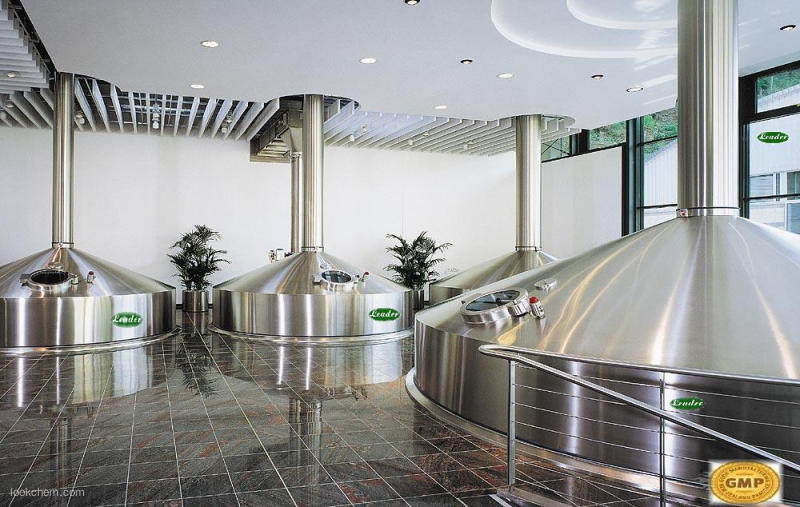
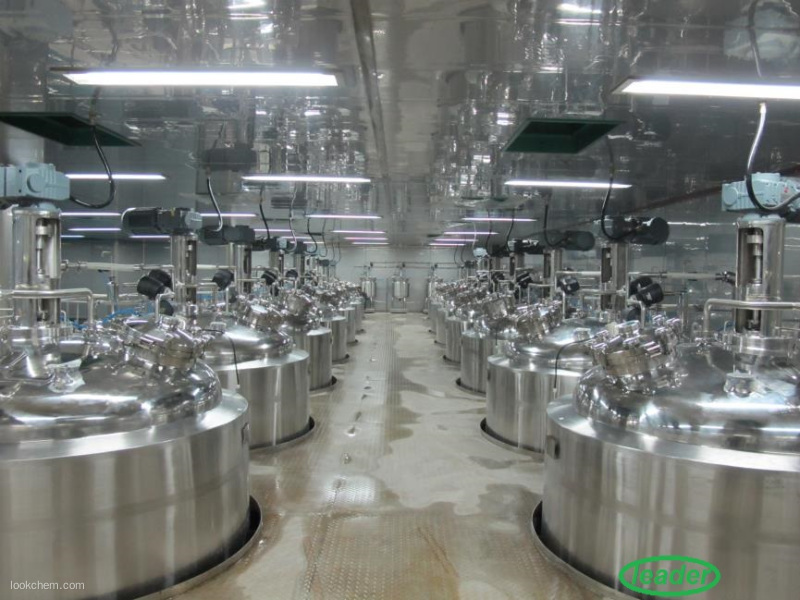
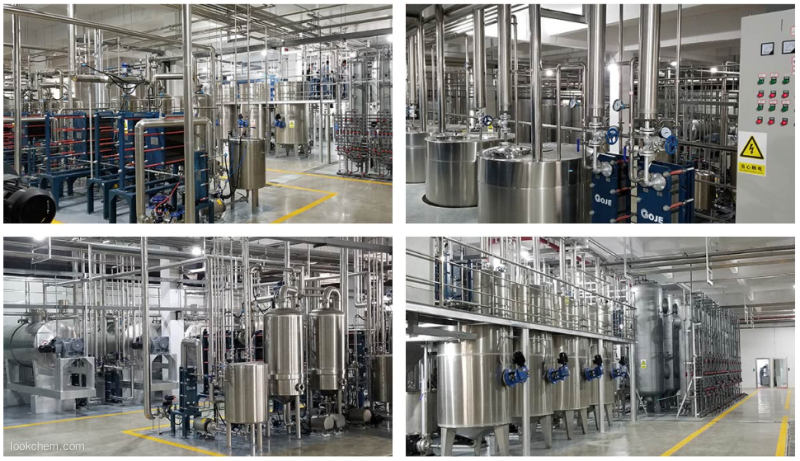
Our Factories R&D ability

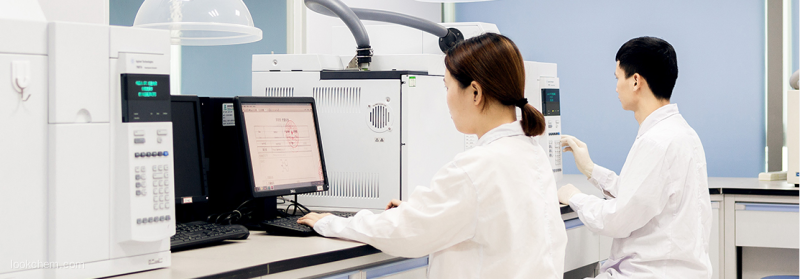
Our Factories warehouse

